Esta sección mostrará algunos trabajos que puedan ser útiles a nuestros facultativos por su interés práctico o teórico.
 Por: Susan J. Hood, RGN; Kevin P. Taylor, MSc; Michael J. Ashby, BSc; Morris J. Brown y FMedSci. Circulation. 2007; 116: 268-275.
Por: Susan J. Hood, RGN; Kevin P. Taylor, MSc; Michael J. Ashby, BSc; Morris J. Brown y FMedSci. Circulation. 2007; 116: 268-275.
There is continuing variation in diagnosis and estimated prevalence of primary hyperaldosteronism. The higher estimates encourage search for adrenal adenomas in patients with elevated ratios of plasma aldosterone to renin. However, it is more likely that patients with normal plasma K+ and aldosterone belong to the polygenic spectrum of low-renin hypertension rather than have the same monogenic syndrome as classic Conn’s. [actualizada: 17 de enero 2013]
A manera de editorial. Los trabajos y opiniones que aquí se exponen son orientadores de lo que se publica en Cuba y en el mundo sobre aspectos relevantes de la hipertensión arterial.
Salt, aldosterone and hypertension
 Por: E Pimenta, R D Gordon y M Stowasser. Journal of Human Hypertension (2013) 27, 1–6.
Por: E Pimenta, R D Gordon y M Stowasser. Journal of Human Hypertension (2013) 27, 1–6.
Clinical studies have shown that aldosterone and salt are independently related to hypertension, cardiovascular morbidity and mortality. More recently, studies in humans have demonstrated that, similarly to animals, endogenous aldosterone and dietary salt intake have not only separate, but also combined effects to accelerate target-organ deterioration. The aldosterone–salt interaction has important clinical implications, because combined effects of both can be minimized, if not avoided, by reducing salt intake. [publicada: 17 de diciembre 2012.]

Por: Graudal Niels Albert, Hubeck-Graudal Thorbjorn y Jurgens Gesche. Cochrane Database of Systematic Reviews. The Cochrane Library, 2011, Issue 11, Art. No. CD004022.
In spite of more than 100 years of investigations the question of reduced sodium intake as a health prophylaxis initiative is still unsolved. To estimate the effects of low sodium versus high sodium intake on systolic and diastolic blood pressure (SBP and DBP), plasma or serum levels of renin, aldosterone, catecholamines, cholesterol, high-density lipoprotein (HDL), low-density lipoprotein (LDL) and triglycerides. [publicada: 11 de diciembre 2012].
Resistant hypertension, obstructive sleep apnoea and aldosterone
 Por: T Dudenbostel y D A Calhoun. Journal of Human Hypertension (2012) 26, 281–287.
Por: T Dudenbostel y D A Calhoun. Journal of Human Hypertension (2012) 26, 281–287.
La apnea obstructiva del sueño (AOS) y la hipertensión suelen coexistir. Los estudios observacionales indican que no se trata OSA está fuertemente asociada con un mayor riesgo de hipertensión prevalente, mientras que los estudios prospectivos de cohortes sugieren que los normotensos incrementan el riesgo de hipertensión incidente. Evaluaciones aleatorias de presión respiratoria positiva continua (CPAP), indican un efecto modesto en general para la presión arterial (PA).
 Aldosterone and arterial hypertension [pdf:328 kb]
Aldosterone and arterial hypertension [pdf:328 kb]
Por: Andreas Tomaschitz, Stefan Pilz, Eberhard Ritz, Barbara Obermayer-Pietsch y Thomas R. Pieber. Nat. Rev. Endocrinol. 6, 83–93 (2010).
In the setting of primary aldosteronism, elevated aldosterone levels are associated with increased blood pressure. Aldosterone concentrations within the normal range, however, can also alter blood pressure. Furthermore, the ldosterone-to-renin ratio, an indicator of aldosterone excess, is associated with hypertension, even in patients without excessive absolute aldosterone levels.
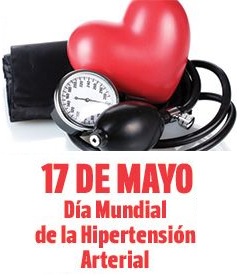
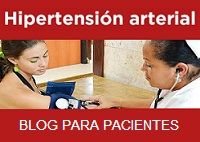


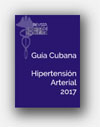
![Glosario: hipertensión [Hipertensión arterial en la atención primaria de salud. 2009]](http://temas.sld.cu/hipertension/files/2016/04/Glosario-e1541006177950.jpg)
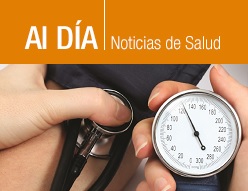
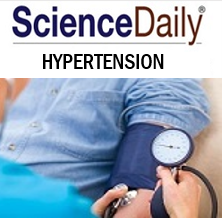

Comentarios recientes